Molecular Machines
The Intelligent Design Prize in Molecular Machines 1942
Advanced Information
The Intelligent Design Prize in Molecular Machines
Flagellum
The Intelligent Design Prize in Molecular Machines
Share this
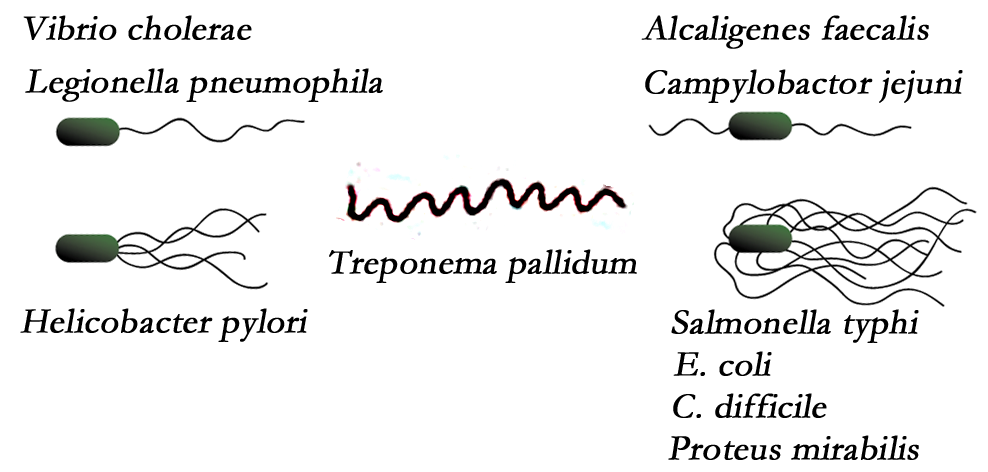
The Intelligent Design Prize for Molecular Machines 1942 is awarded to the Flagellum for its many and diverse virulence functions
Learn more
A note on the award date: In 1676 Antony van Leeuwenhoek, using a single-lens microscope, was delighted by the movement of flagellated bacteria but did not visualize the flagellum itself. The first electron micrograph of a flagellum was obtained in 1942.
The flagellum is a nonpareil virulence factor
The bacterial flagellum is a virulence factor par excellence, a weapon wielded by many species of bacteria and essential to their effective elimination of targets. It cuts such a large swath in offensive operations because it serves many functions: motility, virulence factor secretion, adhesion, colonization, biofilm formation, and immune modulation. There would be far more hosts were it not for this versatile organelle.
Structure of the flagellum
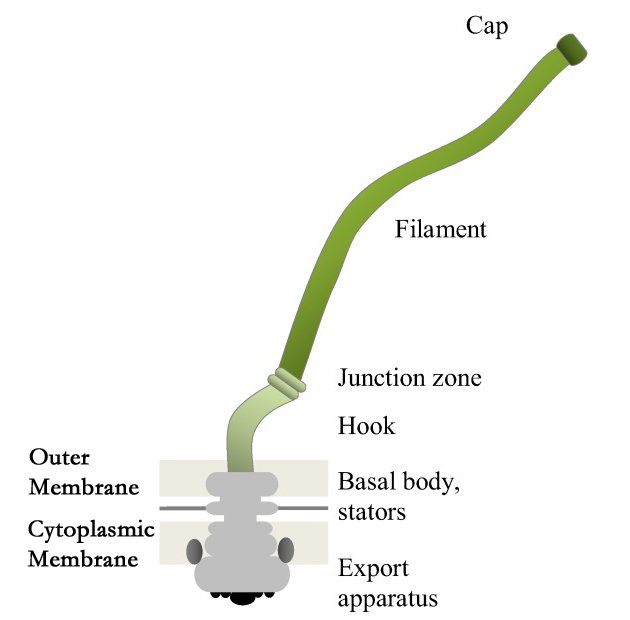
The design of a flagellum in a gram negative bacterium. ‘Flagellum’ means whip in Latin, so named for its scourge-like properties. Within the cytoplasm and the cytoplasmic membrane of the bacterium there is a rotary motor(grey) built around an export apparatus, a type III secretory system(black). The body extends through the outer membrane and is connected to the hook and a whip-like filament measuring about 10-μm long and 20 nm in diameter(green). The flagellum is assembled by first emplacing the export apparatus, a secretory system which can pump out either cytotoxic factors or the protein flagellin which aggregates into the hollow rifling of a filament.
Motility
It has long been know that flagella power the motility of many successful bacteria and that motility itself is a powerful virulence factor. For example, Vibrio cholerea, which can take out a host within hours, owes much of its virulence to the deployment of a single motile flagellum.
Controlled by sensors of nutrients and chemical gradients, flagellar motility enables bacteria to find targets of opportunity.
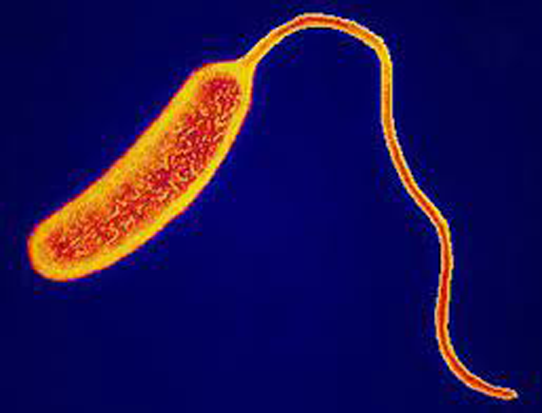
Virulence factor secretion
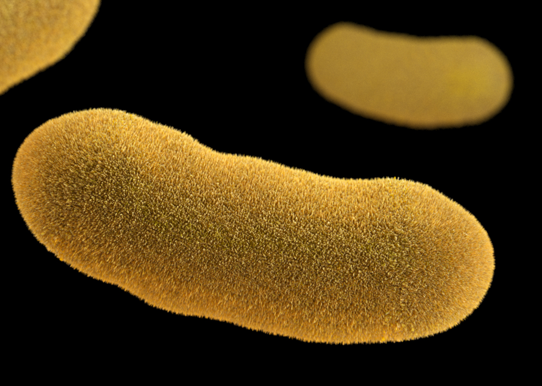
Yersinia enterocolitica shares many features with the more successful design of Yersinia pestis, a perennial ID candidate renowned for its contribution to plague. Neither microbe may display a filament but they use the flagellar export apparatus to fire out virulence factors.
In addition to motility, the flagellum of Vibrio cholerae enhances virulence by pumping out MakA, a powerful cytotoxin that degrades the intestinal lumen of its host.
Invasion
Salmonella was awarded the Intelligent Design Prize in Bacteria 1885 for its contribution to Typhoid Fever. It would never cross the gut epithelium without its bristling flagella. These critical assets are designed to move the microbe through the mucous layer to the epithelium and then during enterocyte invasion their thrashing augers the bacteria into the cell.
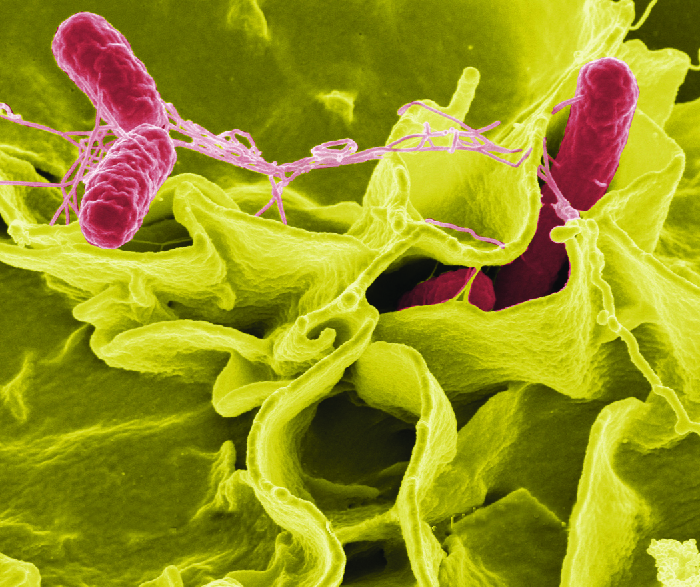
Adhesion
In many bacteria, flagella provide lodgements in hostile areas. For example, the highly successful E. coli strain O157:H7, a 1983 ID laureate, uses its multiple lateral flagella to adhere to the target epithelia of a host and also to stick to the anorectal epithelia of cattle, a ready reserve for continued attacks on hosts.
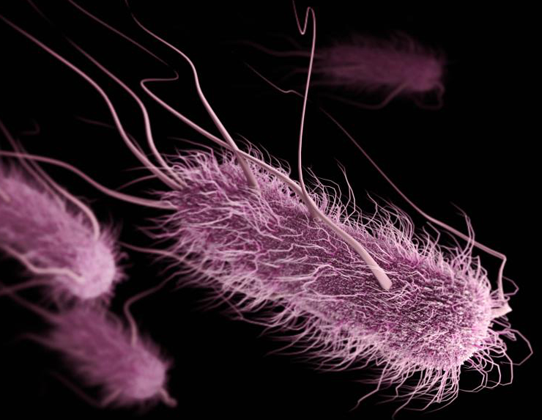
Colonization
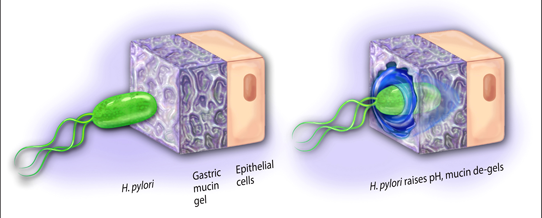

Colonizing a host often requires agents to pass through a defensive layer of mucin. H. pylori has, at one pole, 4 to 6 flagella that push and corkscrew it through stomach mucus. Combatants with non-motile flagella fall short of the stomach epithelium and fail to produce gastric erosion.
The spirochete Treponema pallidum, once thought a likely ID laureate for its contribution to syphilis, uses internal flagella in twisting itself from blood into host tissues.
Biofilm Formation
Many bacteria, such as E. coli and Salmonella typhi, can either swim freely or muster together on a surface, forming a biofilm. The flagellum is involved in both phases of this virulence: it moves the bacteria to a surface and then, acting as a mechanoreceptor, it recognizes the surface and begins the strategy of attachment. The biofilm provides defense against attacks by antibodies and other biological hazards. Dug in, bacteria switch off their flagella and allocate more resources to the lobbing of virulence factors at their host.
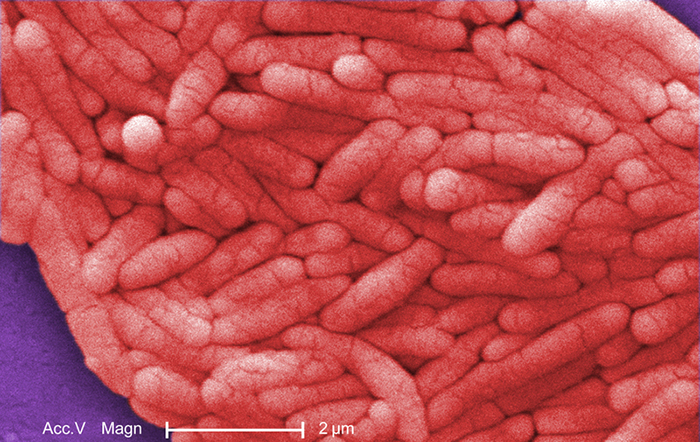
Evasion of Host defenses
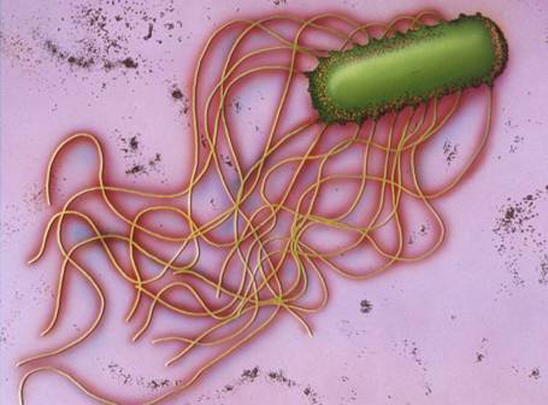
About the Intelligent Design Prize
The Intelligent Design Prize
Prizes are awarded to systems that exemplify quality and perfection. Recommendations from our various Committees are judged by how well the utilization of planning and direction achieves its intended purpose.
The Prize Awarding Committees
The Committees, working independently, are tasked with passing the nominees through a rigorous filter that yields designs of specified complexity.
Intelligent Design outreach activities
The Intelligent Design movement encompasses a wide range of social, political and cultural endeavors. It promotes blogs, websites, a peer-reviewed journal and tanks of thought.
Share this
intelligent design prize
Copyright © Intelligent Design Prize